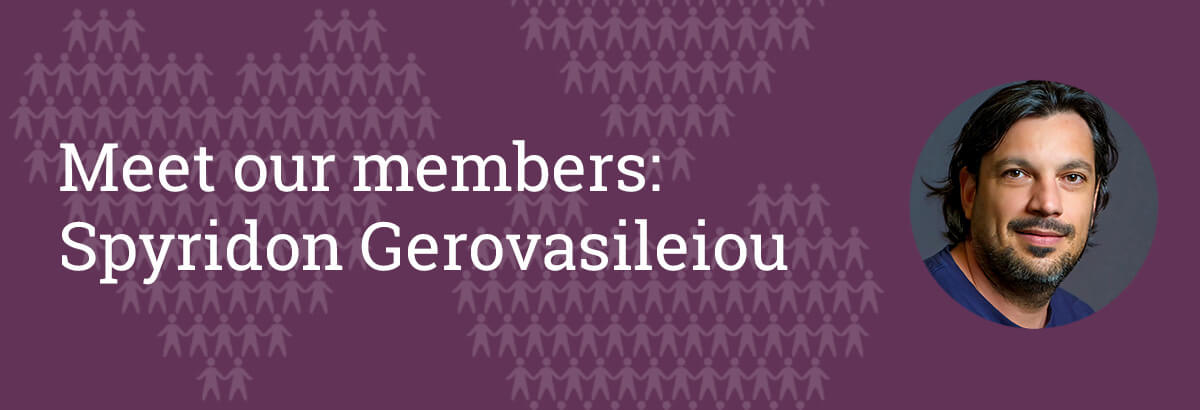
Senior Consultant Cardiologist and Heart Failure Lead, Heart Failure Centre, Enköping Hospital; PhD Candidate in Cardiovascular Sciences, Uppsala University, Sweden
Early in my medical career I encountered many individuals who, despite the advances in cardiology, were struggling with the limitations and complexities of this condition. This made me realise the urgent need for specialised care and innovative treatments for heart failure. I was also drawn to the multidisciplinary nature of heart failure management. And I was particularly intrigued by the potential of advanced imaging techniques and novel therapies to improve patient outcomes. This led me to focus on heart failure as a subspecialty. As I delved deeper into the field, I became passionate about exploring innovative diagnostic tools, such as echocardiography, and their applications in heart failure management, especially in cases of preserved ejection fraction (HFpEF) and cardiac amyloidosis.
My day always starts with a warm cup of coffee, followed by examining patients and interpreting echocardiograms. Twice a week, we hold rounds to discuss challenging cases with the heart failure nurses, and every other week we conduct digital rounds with primary care physicians. We also have weekly consultations with our Hospital at Home care team. Throughout the day, I engage with members of the heart failure team, and sometimes support our advanced cardiac sonographers on challenging cases. As part of my PhD on non-invasive diagnosis of heart failure with preserved ejection fraction (HFpEF), I also perform echocardiography on my clinical research patients at Uppsala University Hospital.
We have a fantastic network of heart failure nurses in outpatient clinics who manage treatment and provide follow-up care while also educating patients, empowering them to actively participant in their care and make informed decisions about their health. We are also privileged to have an exceptional Heart Failure Registry, SwedeHF. By integrating SwedeHF with registry randomised controlled trials, we leverage this registry to conduct significant studies. However, the coverage rate of the registry needs improvement. This is challenging due to the presence of small hospitals across Sweden that lack the resources to register all patients. Additionally, there are variations in the treatment of heart failure patients depending on their distance from advanced heart failure centres.
I have seen firsthand the significant impact that effective policies and collaborative efforts can have on patient outcomes. Joining the HFPN offers a unique opportunity to contribute to shaping policies that address the complex needs of heart failure patients on a broader scale. The network’s focus on fostering collaboration and sharing best practices aligns with my dedication to a holistic and patient-centred approach to heart failure management.
Overall, my vision for the Network is to drive comprehensive, equitable improvements in heart failure care through collaboration, data-driven insights, and a strong focus on patient-centred approaches.
The standardisation of care protocols, based on the latest evidence and best practices; global data-sharing and collaboration through international registries and research networks; a focus on prevention and early detection; and addressing health disparities to ensure that all patients benefit from advances in treatment and care.
One of the most exciting has been the advances in the management of heart failure with preserved ejection fraction (HFpEF). The discovery that HFpEF is not a single, homogeneous condition but rather a spectrum of disorders with diverse underlying mechanisms has been groundbreaking. And the development of new therapies, such as the SGLT2 inhibitors, represents a major breakthrough. These advances offer hope for more effective management of a complex and challenging condition.
I enjoy spearfishing, travelling, watching a good movie at the cinema, running and going to the gym. I also spend a lot of time with my beloved family, especially on weekends when we have the opportunity to eat breakfast together and plan outdoor activities like hiking, biking and walking by Lake Mälaren.
The Heart Failure Policy Network brings together experts who are united in their passion: to improve outcomes for people living with heart failure.
We share profiles of our members to showcase what led them to work in heart failure, and find out about changes they would like to see in prevention and care.